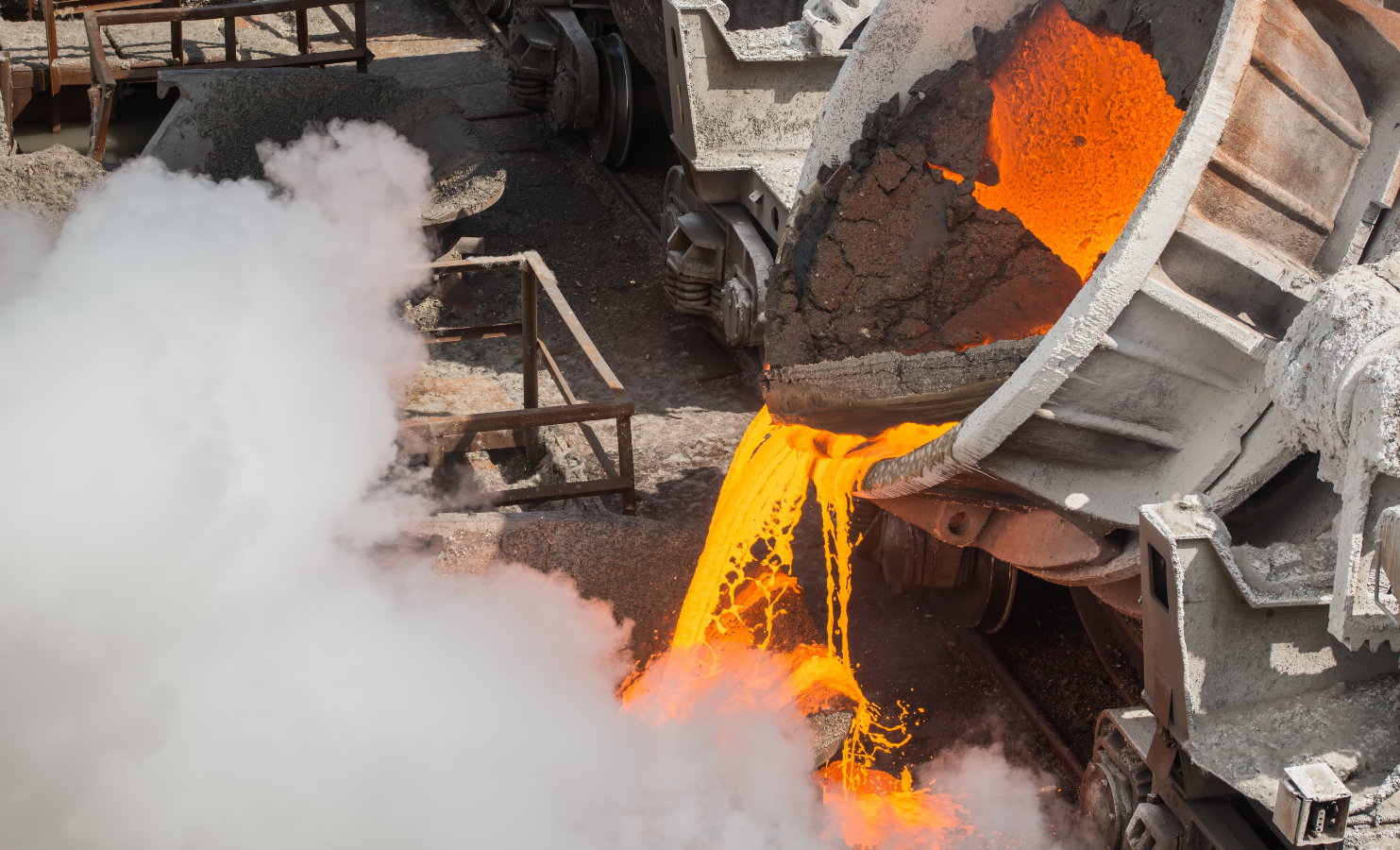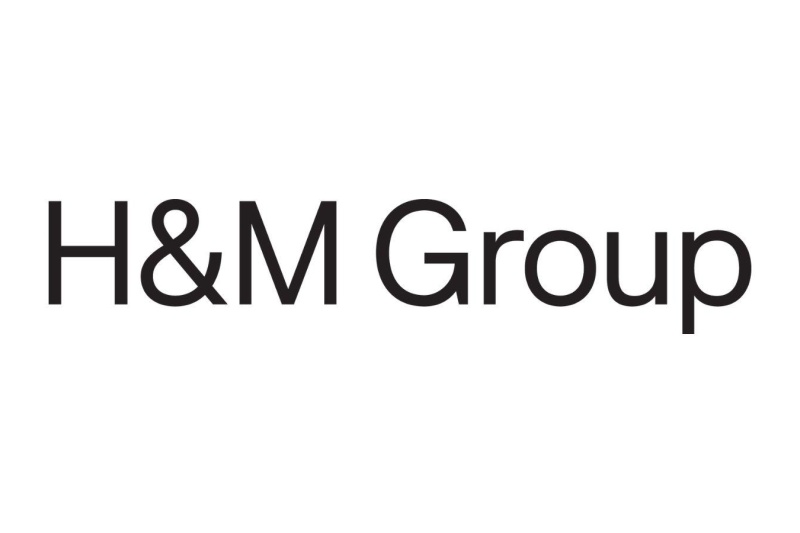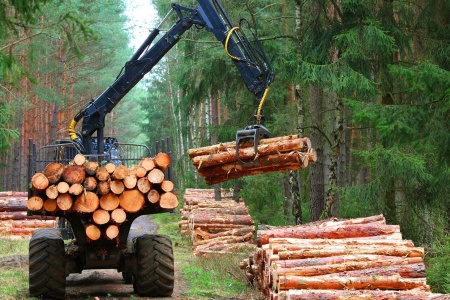
Steel
We have developed science-based target-setting methodologies, tools and guidance for steel companies and other stakeholders to set greenhouse gas emissions reduction targets in line with 1.5°C.
New guidance for the steel sector
The Steel Science-Based Target-Setting Guidance is the world’s first framework for companies in the steel sector, and potential users of steel such as the automotive industry, to set 1.5°C-aligned near- and long-term climate targets at a corporate level.
This guidance offers a granular methodology that includes an iron & steel core boundary aligned with the sector’s carbon budget, differentiated pathways based on scrap input, and a mandatory scope 3 target covering upstream emissions from fuels. It provides a stepwise approach on the target-setting process, and indicates how much and how quickly a company needs to reduce its emissions in line with 1.5°C.
- Read the Steel Science-Based Target-Setting Guidance
- Download the Steel Science-Based Target-Setting Tool
Steel companies can also use the SBTi Criteria Assessment Indicators (CAI) to understand the relevant criteria by sector or target type. The CAI consolidates all criteria across SBTi resources, providing businesses with verifiable control points to use when developing science-based targets. It also provides clear and concise descriptions of the minimum documentation required to demonstrate alignment with each criteria point.
Steel production is one of the most energy- and carbon-intensive industrial activities in the world - responsible for 7% of total energy sector emissions and 7-9% of emissions globally.
Demand for steel is projected to continue rising. If action is not taken to optimize its efficiency in use, we will see an increase in absolute demand by approximately 30% by 2070. According to CDP, if the global steel industry does not reduce its environmental impact, 14% of the potential value of steel companies could be at risk by 2040.
Given its influence in industries like infrastructure, construction, transportation and renewable energy, the steel sector is key to fostering the transformation needed to enable a net-zero future.
In 2015, the SBTi developed the Sectoral Decarbonization Approach (SDA), a scientifically-informed method for companies to set greenhouse gas emissions reduction targets necessary to stay within a 2°C temperature rise above pre-industrial levels. This led to the development of a 2°C and a well-below 2°C pathway.
Our new 1.5°C-aligned methodologies, tools and guidance build on the previous SDA methodology, and provide the sector with resources to lead the transformation to a net-zero economy. This includes:
- Target-Setting Tool that integrates:
Adjusted SDA calculation method for the steel industry.
Scenarios for modeling 1.5°C-aligned near-term and net-zero targets for primary and secondary steel production.
New pathways to model targets at the sub-sector level (primary and secondary sources).
Guidance for science-based target-setting in the steel sector.
By setting emissions reduction targets in line with the SBTi Steel Guidance and defining appropriate decarbonization strategies, companies in the sector can help accelerate the transformation to a net-zero economy and prevent the worst effects of climate change.
Initial funding for this project was provided by ArcelorMittal.
The SBTi is the project lead. Participating in this project was possible via the following groups:
- Technical partner: The Energy Transitions Commission (ETC) was SBTi’s technical partner in the development of this project. The ETC is part of the Mission Possible Partnership (MPP), alongside an alliance of climate leaders including RMI, the We Mean Business Coalition and the World Economic Forum, focused on accelerating the decarbonization of industrial sectors.
- Expert Advisory Group (EAG): Composed of technical experts from corporates and non-profit organizations. EAG members provided technical advice over the duration of the project. This volunteer advisory role informed the development of practical and ambitious resources.The SBTi Steel EAG consisted of individuals from the following organizations:
- Aceros AZA S.A.
- Aperam
- ArcelorMittal
- Baoshan Iron & Steel Co Ltd (Baosteel)
- Bellona
- BlueScope Steel Limited
- Cleveland-Cliffs Inc.
- E3G
- Energy Transitions Commission (ETC)
- Environmental Coalition on Standards (ECOS)
- Gerdau
- Imperial College
- JSW Steel Ltd.
- Liberty Steel UK
- Nippon Steel Corporation
- Outokumpu Oyj
- Ovako
- POSCO
- Potsdam Institute for Climate Impact Research
- ResponsibleSteel
- Rocky Mountain Institute (RMI)
- Severstal PAO
- Tata Steel
- Transition Pathway Initiative
- VALLOUREC
- Voestalpine AG
- World Steel Association
- WWF (Finland)
EAG members volunteered in a personal capacity to provide technical advice over the duration of the project. While their expertise helped guide the development process, final content decisions rested solely with the SBTi. As a result, the final output does not necessarily represent or imply endorsement by individual EAG members or their employers.
- General stakeholder consultation: Both industry and non-industry representatives provided feedback on each project component through the public consultation process that the SBTi held between November 2022 to January 2023.
The SBTi Steel Project includes the following guidelines and tools:
- Integration of new pathways in SBTi’s target-setting tool to allow modelling of targets at the sub-sector level (primary and secondary sources) and integration of sub-sector level targets at the company level.
- Identification and assessment of scenarios for modelling of 1.5°C-aligned near- and long-term net-zero targets for primary and secondary steel production.
- A target-setting tool that integrates adjusted SDA calculation method for the steel industry.
- A guidance for science-based target-setting in the steel sector.
To socialize the resources developed as part of this project, we envision joint capacity building activities, including webinars and/or workshops.
- End of November 2021: Convening the EAG and project kick-off
- December - April 2022: Initial review of different scenarios, carbon budgets, steel demand and reports
- May - August 2022: Review of target-setting methodologies and pathways, development of recommendations and draft target-setting methodology (technical partner)
- August - September 2022: Preliminary SBTi review
- October 2022: Feedback on the methodology by EAG and drafting of the guidance
- November - January 2023: Public consultation
- February - April 2023: Revision of the guidance document and tools
- May - June 2023: SBTi review and approval
- June 2023: Incorporation of new resources into SBTi Target Validation Protocol
- July 2023: Publication of final deliverables (tools and guidance)
- September 2023: Official launch and socialization of resources developed
Setting a Science-Based Target
- The Steel Guidance in Brief
- The Steel Science-Based Target Setting Guidance
- The Steel Science-Based Target Setting Tool (for emissions inside the steel core boundary)
- The Cross-Sector Target Setting Tool (for emissions outside the steel core boundary)
- The Target Submission Form
- Mandatory Steel Annex
- Worked Examples: Using the SBTi Steel Tool Guidance
- WATCH: Launch Webinar - Unveiling the Steel Science-Based Target-Setting Guidance
Background Resources
Join the steel project mailing list to receive our newsletters and stay up-to-date on this project.
For general questions or clarifications contact: info@sciencebasedtargets.org.
Browse more sectors
If your sector is not listed here, you can still set a science-based target using our methods and resources. Consult the step-by-step guide to get started.



